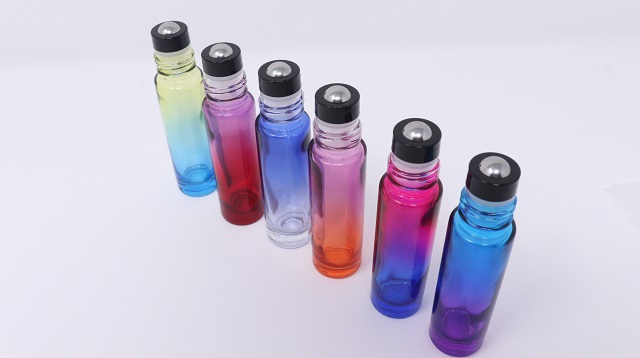
Glass Bottle: Which Colored Glass is Best for Essential Oils
When choosing a Glass Bottle for your essential oils, you have a variety of colors to choose from. The colorful bottles are delightful to look at. While it may be tempting to choose the most visually appealing color, you need to consider how light affects your product. Which type of colored glass should you buy?
Each color has its own aesthetic and protective factors. To make the best decision for your product, consider factors such as photo protection, shelf life, and marketing. When it comes to light protection, the darker and more opaque the glass, the more antioxidant protection it provides. Over time, oxidation breaks down essential oils and removes their therapeutic value.
Effect of Light on Essential Oils
Light can be divided into two categories on the electromagnetic spectrum: invisible light and visible light. The most concerning invisible light for essential oil bottle tinted glass is ultraviolet light.
Sunlight contains harmful ultraviolet rays (UV rays). In fact, these rays are why we wear sunscreen and sunglasses—we want to protect our skin and eyes from UV damage, which can cause skin burns and skin cancer. These UV rays can damage our skin cells just like it can damage the components of essential oils.
Rapid oxidation changes the chemicals in essential oils, causing them to break down and become less effective.
The science behind the oxidation of glass bottles involves the wavelength of light, which is measured on the electromagnetic spectrum. Wavelength is measured in nanometers, and 1 nanometer (nm) is equal to one billionth of a meter. Ultraviolet light from the sun has a length of 10 nm to 400 nm. The light we see naturally is measured in the range 400 nm to 780 nm.
Benefits of Amber Glass Colored Glass Dropper Bottles
Amber glass protects against light wavelengths ranging from 10 nm to 400 nm. This is the ideal spectrum for protection against UV radiation, which is why many pharmaceutical and beverage manufacturers choose amber bottles.
Disadvantages of Blue and Green Glass
While blue and green bottles may be more visually appealing, they don’t offer as much protection for your oils. These colors protect against visible light but do not protect your oil from UV rays. They are also usually a bit more expensive than amber or flint bottles.
Should you choose clear glass bottles for essential oils?
Clear glass bottles, also known as flint glass, do not directly compromise the integrity of the oil. However, these bottles do not provide any light protection. Clear glass is not the best choice for essential oils that break down easily due to oxidation or are slow to apply (i.e. drops per application).
Shelf Life and Storage Factors
However, sometimes you can use a different color of glass and still be safe for consumers. If the essential oils you’re packaging don’t have a long shelf life or need to be stored in a dark space, a lighter glass color can make a great debut.
If you choose a clear glass bottle, be sure to include instructions for storing it away from light. Or choose clear glass only when packaging oils that must be used within a short period, or oils that are used more frequently and will remain in the bottle for a shorter period.
Get creative with label decisions
Another way to avoid using amber or dark glass is to choose a sturdy wraparound label. This type of label will cover most of the glass, blocking both invisible and visible light. Customers will be able to see the top or bottom of the glass bottle so they can see when the product is empty.
Choose the best Glass Dropper Bottle for essential oil to protect the product and enhance your brand. After all, if your essential oil loses its therapeutic properties, it’s a waste of your money.
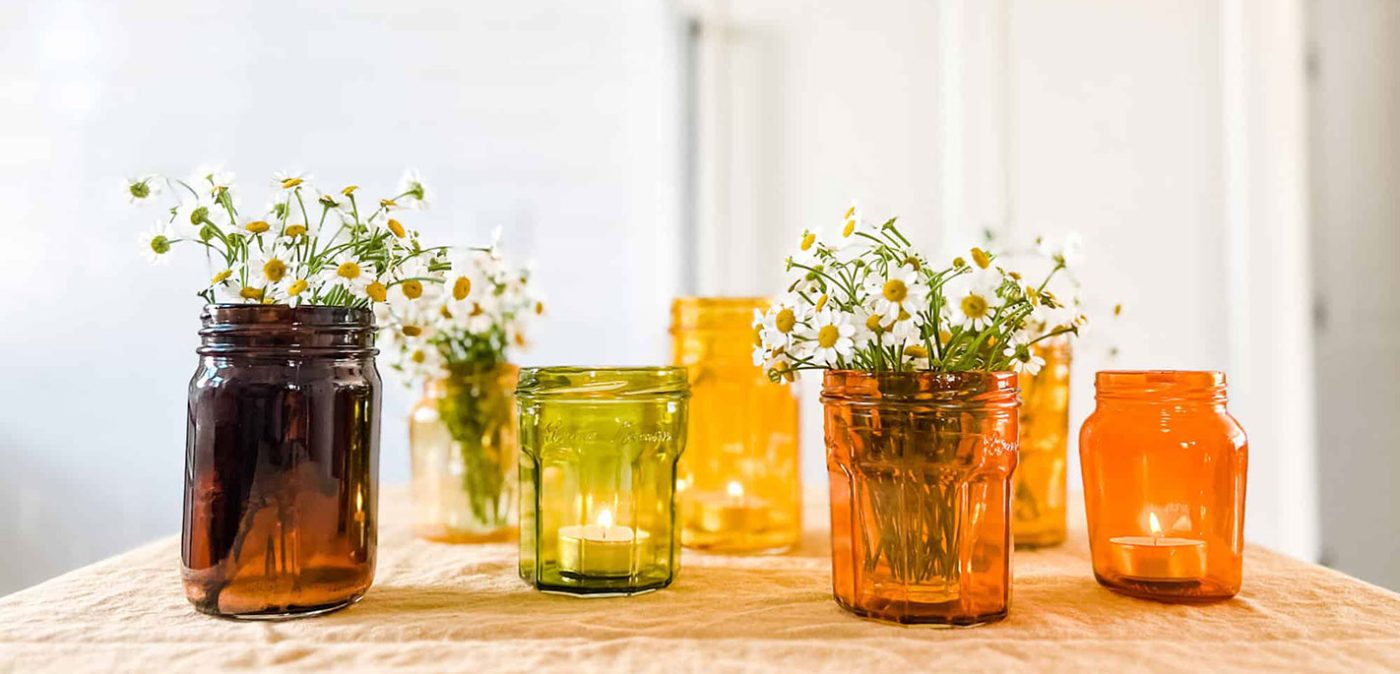
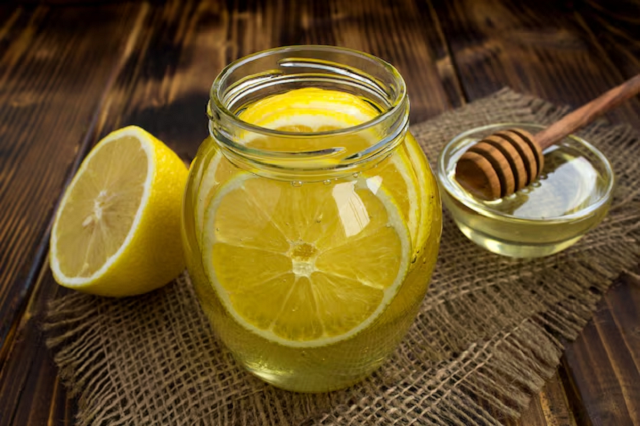
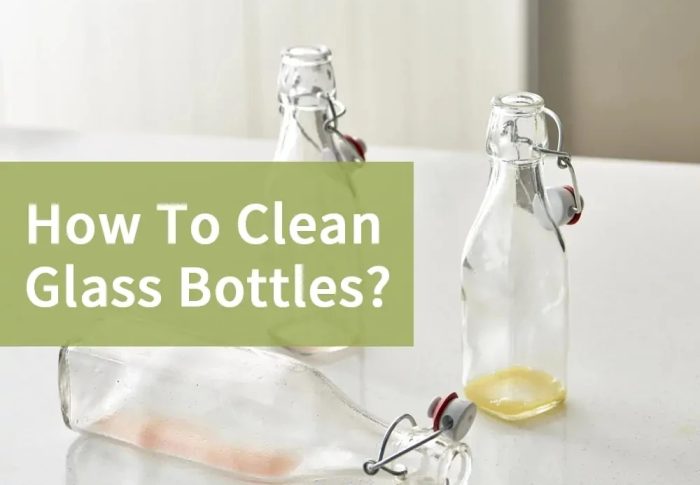
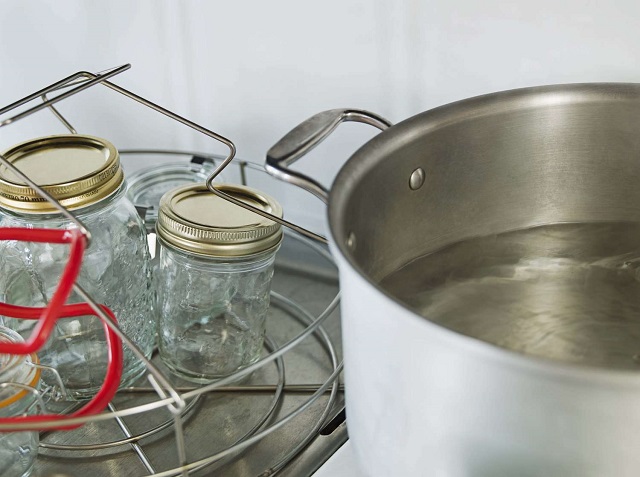
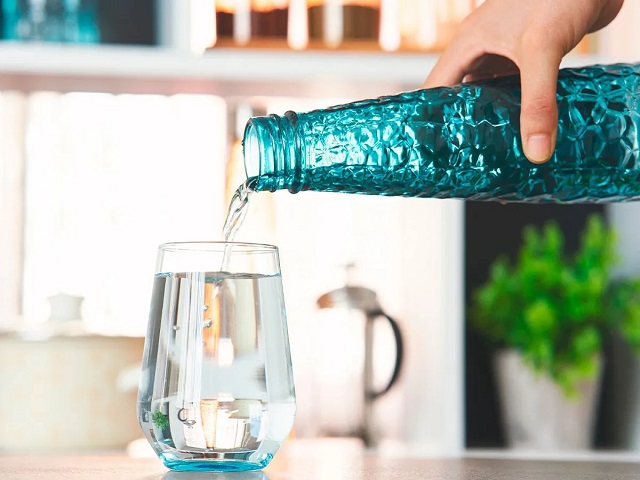
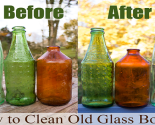

-
-
8 月
Tagged Glass Bottles Guide, Glass Jars, glass liquor bottles